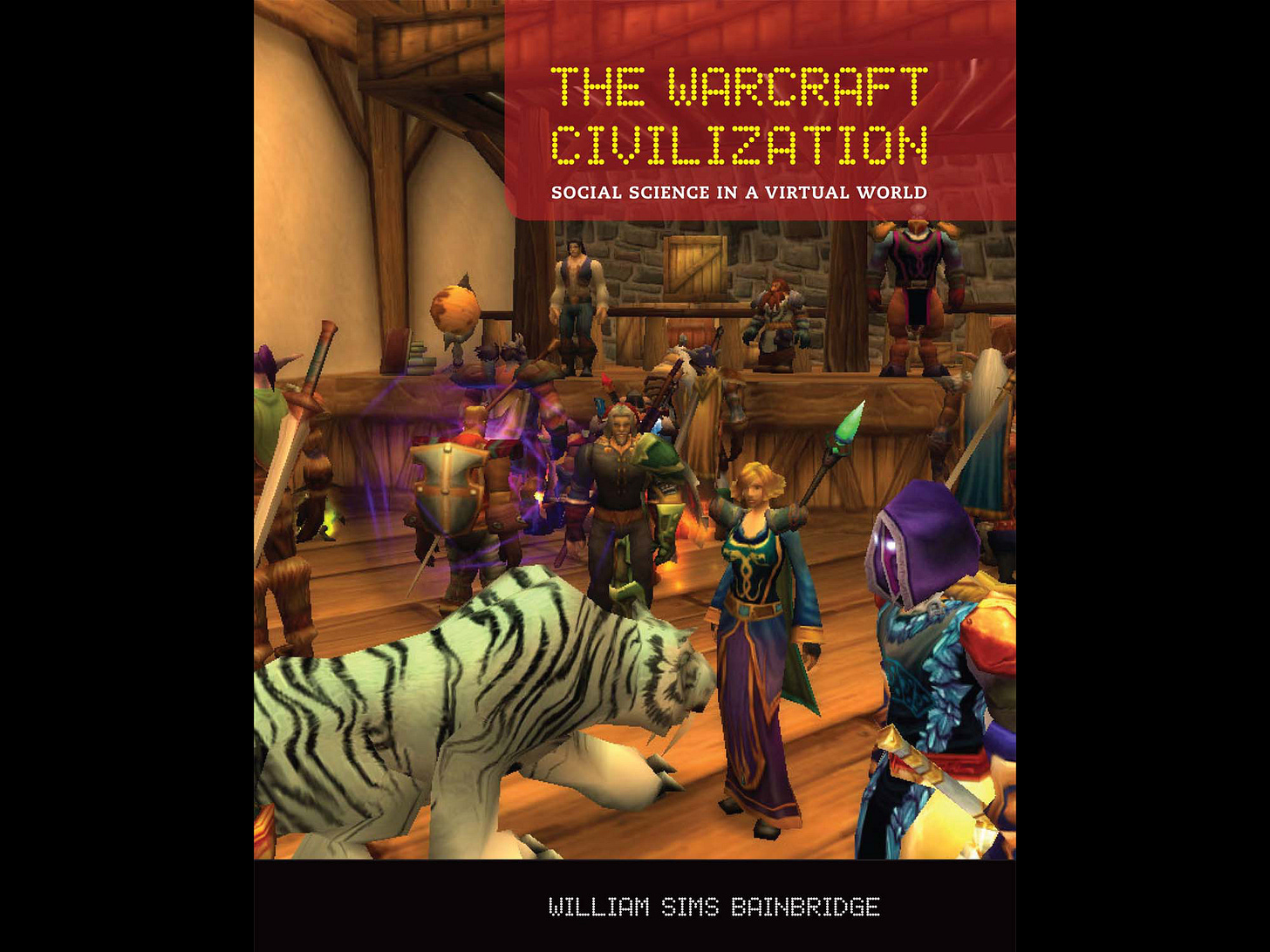Remembering the first scientific conference in World of Warcraft (2008)
Reminiscences and plans for new VR adventures.
I wrote this in May 2008 (retrieved from the Wayback Machine of the Internet Archive):
William Sims [Bill] Bainbridge is co-organizing “Convergence of the Real and the Virtual - The First Scientific Conference in World of Warcraft.” This is a scientific conference to be held May 9-11, 2008, inside World of Warcraft [WoW], devoted to research on WoW and on virtual worlds in general. It was proposed by John Bohannon, who creates the Gonzo Scientist feature for the AAAS journal Science.
From “Scientists, We Need Your Swords!,” by John Bohannon:
“This will not be your typical conference. Sure, there will be sessions devoted to various research topics involving virtual worlds, panel discussions, social activities, and those conference goody bags that we’ve all come to love. But to attend this conference, you don’t have to splurge on grant money or add to global warming by flying to another country. And in the goody bags, you won’t find brochures, pens, or those quickly lost notebooks. Instead, each conference participant will receive (while supplies last) 10 gold pieces, a red ‘Sciencemag’ shirt, a colorful conference tabard emblazoned with an infinity symbol, two extra bags for swag, a telescope, and a pet creature. Between sessions, there will be group field trips across landscapes inhabited by dangerous beasts - some earthly and extinct, others fanciful - an introduction to the world’s auction-based economy, and finally a massive joint assault on an enemy city. (Beat that, Gordon conferences!) Anyone with an Internet connection can take part, from anywhere in the world. All you have to do is install the game, create a character, and join the guild called ‘Science’ on the Earthen Ring US server. If that sounds scary, complex, weird, geeky, well… welcome to the future. At least, welcome to the future of scientific research envisioned by the conference organizers, William Bainbridge (a sociologist at the National Science Foundation) and about a dozen scientists whose research involves the 10 million people who spend time - scary amounts of time - in the Warcraft universe.”
The program: Session 1: Research and World of Warcraft; Session 2: Relationships between WoW and the “Real World”; Session 3: The Future of Virtual Worlds.
Of course I must participate in this event - so I created my WoW account and a Tauren character named Perplextar (the Tauren are a proud and tenacious race with bull-like features and a culture that is very similar to an evolved American Indian culture, building great permanent structures and tapping their engineering ability. They have large hooves, and a towering body structure. They are shamanistic, peaceful, and powerful beings). You can also do that by following carefully he instructions given in the conference wiki. At the beginning Perplextar did not know what to do and was even killed by wildlife a couple of times, then he received precious help from Elves Extropia and Alishya (two fellow refugees from Second Life and members of the Extropia community... They took Perplextar running through many danger zones to Orgrimmar. I really look forward to attending this event.
I participated in all three sessions and felt I was participating in a historic event. I remember that at the end I shouted (in TEXT of course) “For Science, and for the Horde!” I continued to play WoW for a couple of months after the conference (with another character, a Blood Elf called Eschatoon). Writing this, I’m tempted to restart, but I won’t: WoW can be very addictive, and I have other things to do.
I had written a conference report, but it seems that my report has disappeared forever. Fortunately, the conference has been covered in these books:
“The Warcraft Civilization: Social Science in a Virtual World” (2012), by Bill Bainbridge. This excellent book that I can’t praise enough includes first-person stories by Bill’s WoW characters that, together, give a compact introduction to WoW’s lore (background story) and mythology. But the book goes beyond WoW, into the real world.

“Virtually Sacred: Myth and Meaning in World of Warcraft and Second Life” (2014), by Robert Geraci. Like me, Robert started to play WoW to attend the conference, but he continued to play for a few years and this book describes the results of his research.
“Online Worlds: Convergence of the Real and the Virtual” (2010), edited by Bill Bainbridge. This book, which is close to a conference proceedings book, includes my paper “Future Evolution of Virtual Worlds as Communication Environments.”
In my paper I quoted the great Rudy Rucker:
“Academia hasn’t quite caught on to the fact that computer games represent the convergence and the flowering of the most ambitious frontier efforts of the old twentieth-century computer science: artificial intelligence, virtual reality, and artificial life.” (source)
A few weeks after the conference, Bill and I organized the opening event of the late lamented Order of Cosmic Engineers in WoW.
OK enough with the past, let’s move to the future. In my 2010 paper in “Online Worlds” I said that “Croquet is emerging from research laboratories as a ‘Metaverse Operating System’ and a candidate for future implementations.”
This is happening now. I’ve been experimenting with Croquet, which I think is the most promising Virtual Reality (VR) metaverse platform around, and I’m thinking of new adventures in the VR metaverse. I’m planning to reawaken my dormant 3D/VR design skills and create a nice social VR world based on Croquet.

